New research has identified 65% of the population to have some form of lactose intolerance. Alternative milks provide a versatile range of flavors, as well as offer healthy substitutions to the milk we all grew up drinking.
Story by Hannah Coursey
Illustrations by Sarang Kim
I’m sure everyone’s seen the “Got Milk?” advertisements. Ridiculously beautiful, physically fit celebrities posing with a milk mustache and a creamy white glass in their hand. This glass of milk, which they’re most likely not drinking, is marketed as a key to their success-a healthy habit for a healthy lifestyle.
For decades, a glass of milk has been recommended for daily intake. It’s painted an idyllic picture of the drink in our minds, one that includes toned muscles, heightened intelligence, and–the doctor’s favorite–strong bones. Consequently, many have grown up proudly drinking a glass at every meal, eating cereal with it for breakfast, and pairing it with Oreos for dessert. Many toothless grins have downed their milk at the dinner table, widening with the satisfaction of believing they were doing something right.
But what if I told you this youthful affection for milk was, well, not an accurate representation of the drink?
Let’s start with the most well-known benefit of consuming milk: its contribution to healthy bones. In an eight-ounce glass, milk contains calcium equivalent to 30% of the daily recommended intake. Pretty solid, right? Actually, maybe not.
If a high-calcium diet is necessary, there are many non-dairy foods that can meet those needs, including chia seeds, almonds, and lentils. However, in order to support bone health, a balanced combination of calcium, vitamin D, and protein is required. According to recent genetic research, approximately 65% of the population has some form of lactose intolerance. Thus, drinking milk can cause inflammation, and may present itself as a skin condition or other physical manifestation. When the human body digests whey and casein–the proteins in milk–it releases the hormone IGF-1. Increasingly present in today’s milk, IGF-1 is known to trigger breakouts and has been linked to colon, pancreas, endometrial, breast, and prostate cancers.
This, my friends, is where the milk messiah comes in, and her name is ‘Alternative Milk.’
For those that can’t drink a glass of milk without first locating the nearest bathroom, or for those that want to be more mindful of their health, alternative milk is a great solution. It can be used in every capacity that milk can: coffee, tea, baked goods, cereal, and more. Furthermore, there are a wide variety of foods now being produced into a milk, such as almonds, oats, soy, peas, hemp, and cashews.
Sounds too good to be true? Well, only slightly. Alternative milks have a catch, as most grocery items do, and it lies in their ingredient lists. While some alternative milks are squeaky clean, others contain added sugar, stabilizers, and loads of sodium. Just because it’s marketed as healthier does not always guarantee so. The average calories in an eight-ounce glass of 2% milk are 124 calories with 5 grams of fat, but how do the most popular alternative milks compare?
Almond Milk
Neutral, nutty flavor. Smooth consistency. Look for a gallon that’s unsweetened (or unsweetened with vanilla) and without carrageenan (a stabilizer). Other stabilizers, such as gellan gum and sunflower lecithin, are fine. 30 calories for an eight-ounce glass, and it contains almost half of the recommended daily intake of calcium, which is more than milk.
Oat Milk
Creamy, smooth consistency. Best alternative milk for adding to hot beverages, such as coffee or tea. Look for an unsweetened gallon with the least amount of sugar, for most brands can run high here. In an eight-ounce glass, there are between 90-120 calories, and it contains half of the recommended intake of vitamin B12.
Soy Milk
Rich, slightly chalky taste. Best alternative milk for baking and cooking due to its high protein content. Look for an unsweetened or unsweetened vanilla gallon without cane sugar or carrageenan. Oftentimes supplemented with extra nutrients, so look at the nutrition label for vitamin and mineral content. There are 100 calories for an eight-ounce glass, and it contains 8 grams of protein.
Coconut Milk
Floral, earthy flavor of coconut. Can be a thick or thin consistency. Best alternative milk for cooking Thai or Indian cuisine and a delicious addition to smoothies. Look for unsweetened or unsweetened vanilla flavors. Be sure to avoid cane sugar. Oftentimes supplemented with extra nutrients, so check the nutrition label for vitamin and mineral content. High in saturated fat due to the medium chain triglycerides found in coconut, but the evidence is inconclusive on their impact on heart health. There are 45 calories for an eight-ounce glass.
Cashew Milk
Buttery, mild flavor. Medium body. Good option for soups and sauces. Look for unsweetened or unsweetened vanilla flavors. Not particularly high in any vitamins or minerals, but contains heart-healthy unsaturated fats. It is important to note that cashew milk uses fewer resources to produce than almond milk, and cashews are grown in areas less stressed for water than almonds. In an eight-ounce glass, there are 120 calories.
With the proper research and brand selection, alternative milks can be an excellent option for cooking, sipping coffee, or just overall enjoying a glass of lactose-free goodness. Whatever it is you’re looking for in an alternative milk, use this guide to lead you in the right direction. Be informed about what you put in your body because, in the wise words of John Mayer, your body is a wonderland. A non-dairy wonderland.






























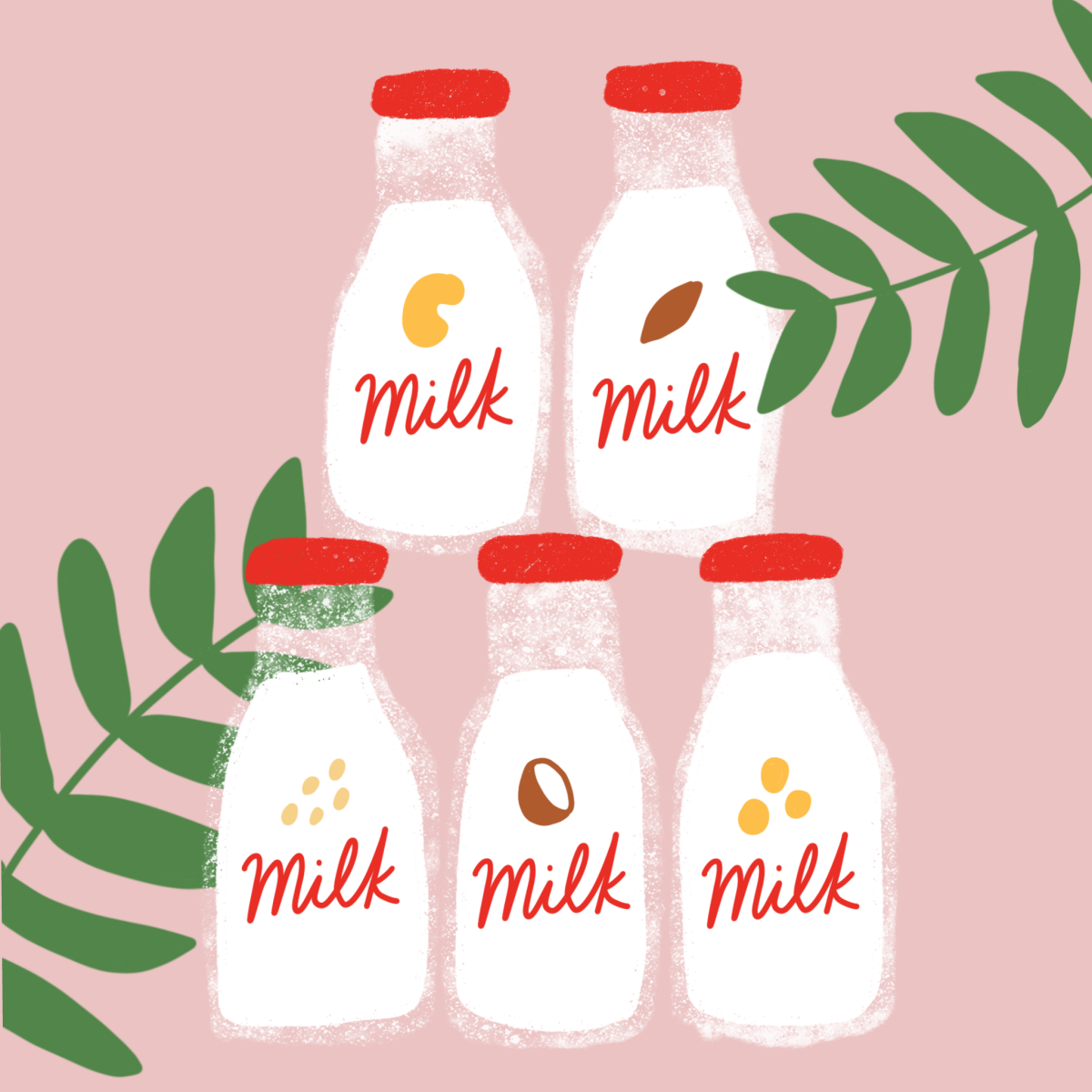
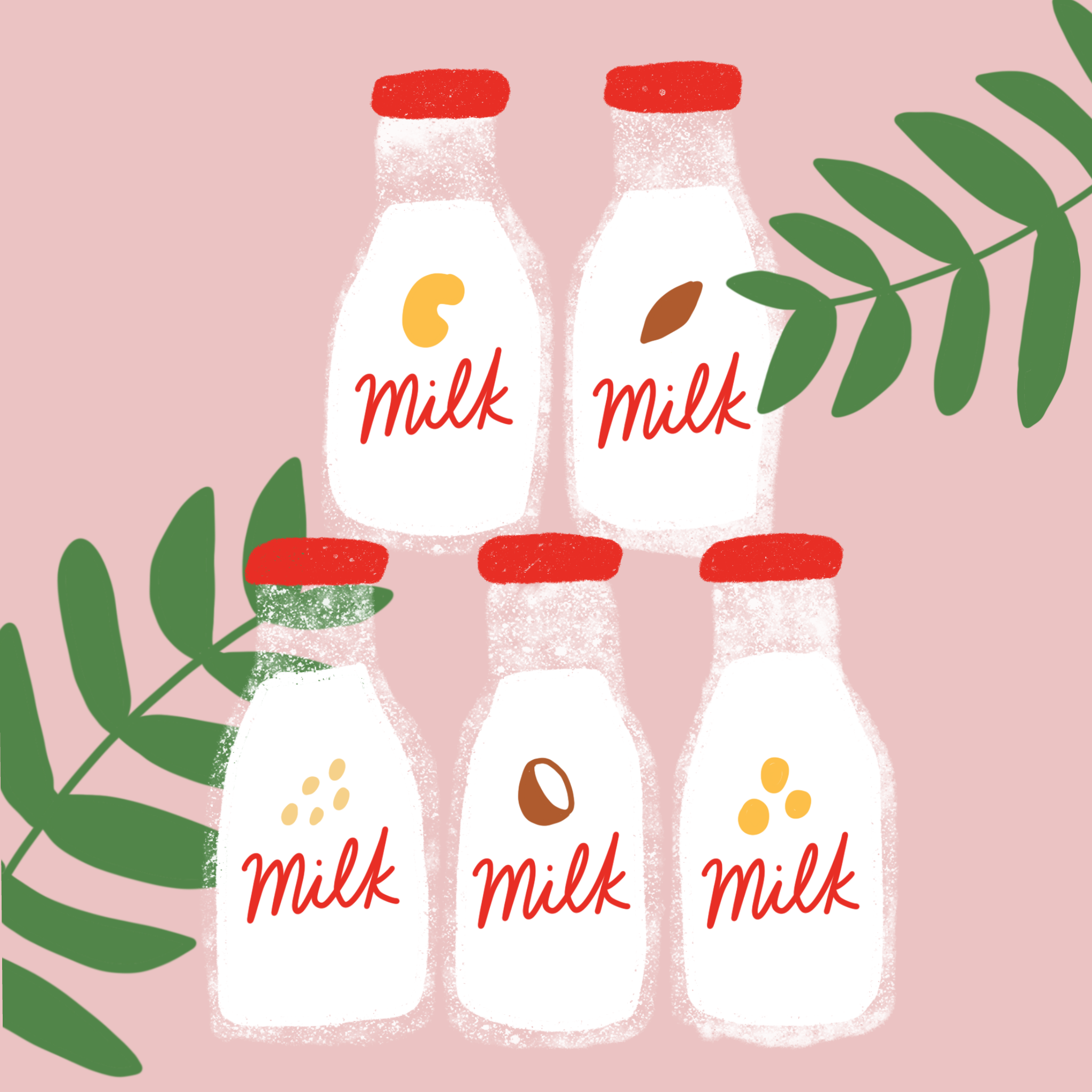
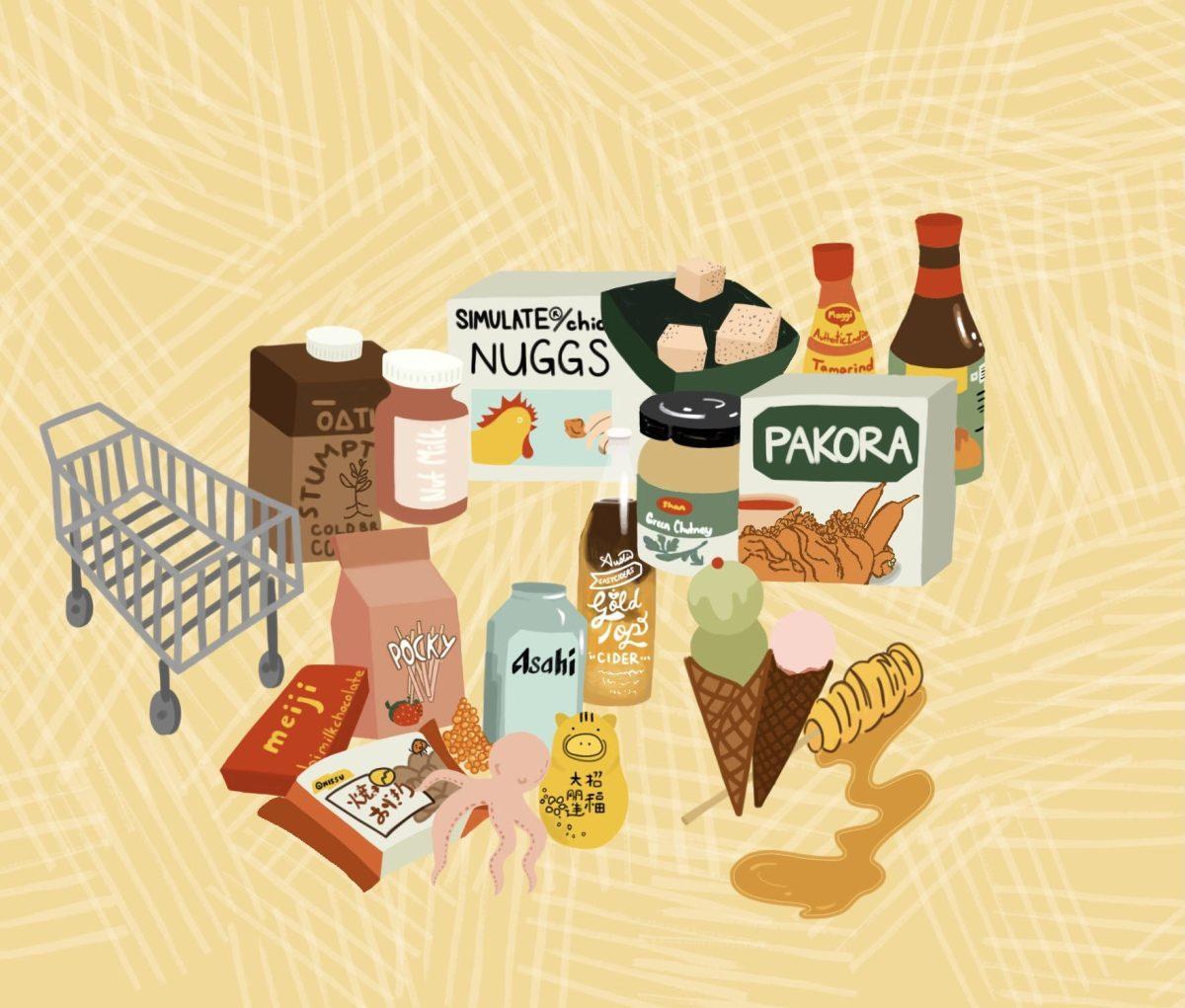
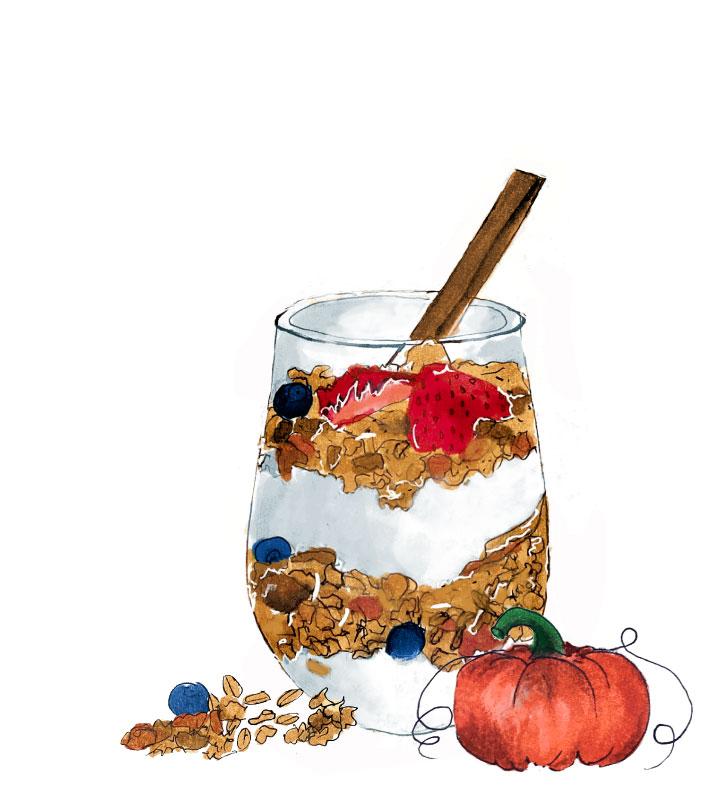


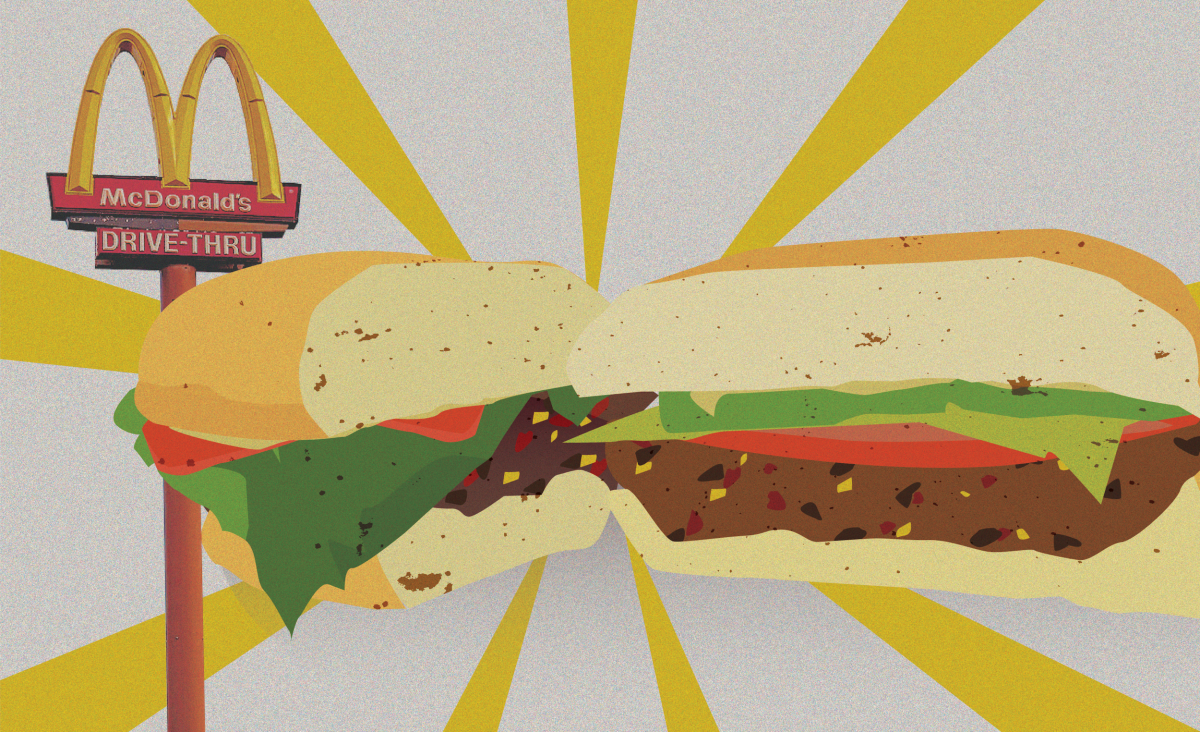







Jenny McCarver • Oct 23, 2019 at 11:06 pm
Love this article!! Really helpful